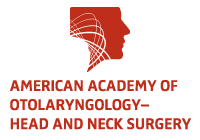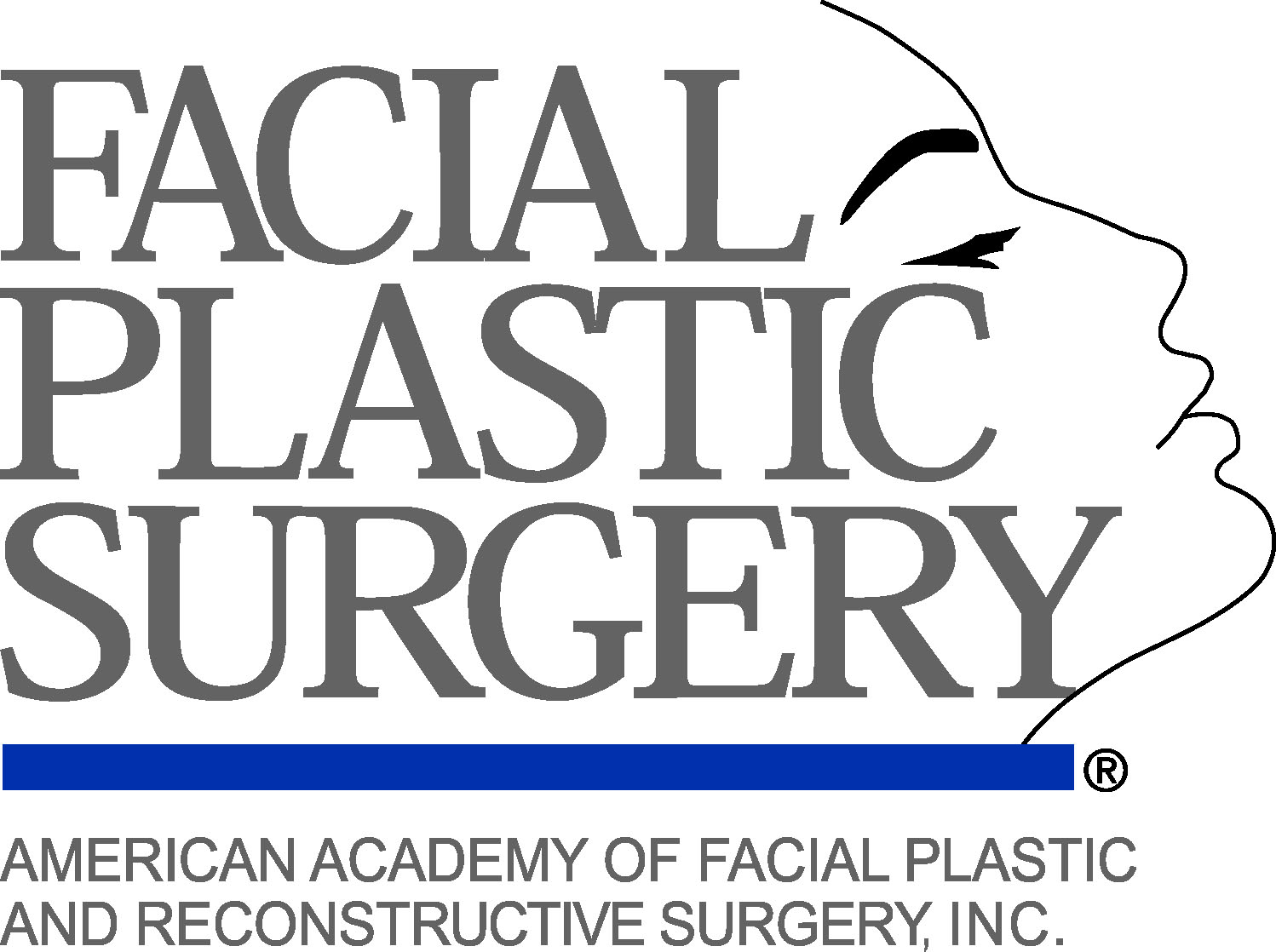What is Rhinoplasty (Nose Job)?
A rhinoplasty or “nose job” is surgical correction of nasal tip and dorsal irregularities, asymmetries, and cosmetic problems. The days of a universal, overly rotated ski-slope nose are over. Rhinoplasty is an art form where the surgeon must maintain the function of the nose while making it more attractive, symmetric, and balanced with other facial features. A nose should enhance not detract from your overall appearance.What are the doctor qualifications and training for Rhinoplasty (Nose Job) surgery?
As double board certified and fellowship trained in both Head and Neck Surgery as well as Facial Plastic and Reconstructive Surgery, Drs Jacob and Moulthrop have truly unique, advanced training in the complexities of nasal surgery. There is no one template or road map for surgery. We have an advanced understanding of the nose’s form and function. This helps us excel at both primary and revision rhinoplasty.What is involved in a Rhinoplasty (Nose Job) surgery?
- Consultation. During the consult, we will perform a detailed physical exam and then discuss the intricacies of the operation with you.
- Surgical Procedure. We use an “open approach” to rhinoplasty in which a small incision on the columella or base of the nose is used to expose the cartilaginous and bony structure deep to the skin. From this approach we get an unparalleled view of the underlying structures that contribute the shape and size of the nose. If your septum is deviated, we will repair this at the same time.
- Post-Op and Further Recommendations. Our patients are happy that there will not be intra-nasal packing or splints to remove after surgery. We may recommend a chin implant at the same time as rhinoplasty surgery as the chin and nose are intimately related. Patients return to full activity at one month from surgery.
How long does it take to recover from Rhinoplasty (Nosejob) surgery?
Many of our patients are curious about the recovery time and procedures for Rhinoplasty (Nosejob) surgery. Rhinoplasty surgery recovery involves the following steps:- In-hospital recovery: Primary Rhinoplasty cases average about 2.5 hours in length. Revision cases often can be more complex and involved and these can last even longer. Typically, a patient will recovery from general anesthesia for about one hour after the surgery and is sent home from the surgery center on the same day
- In-home recovery: Our rhinoplasty patients typically do not go home with packing in their nose but have a drip pad under their nose for the first day. The patients also have a cast and tape over their nose that is in place for a week. They are expected to limit their activity for the first two weeks after surgery and can expect to have nasal congestion similar to having a cold typically for up to 10 days. They also may experience some minor discomfort/pain for the first few days after surgery.
- Follow-up visits: Patient will return to our office for their first follow up visit to have sutures (if placed ) removed from the base of their nose along the columella at 4-5 days. They will also have the inside of the nose inspected/cleared of crusts and dried blood at that time. They will return at 1 week after surgery to remove the cast and inspect the inside of the nose again. They will have the nose taped for an additional week until they return to office at 2 weeks after the operation. They will continue to have follow up visits at 1 month, 3-4 months, 8-12 months, after surgery. We also recommend return visits annually to monitor longer term results.
What are the side effects from Rhinoplasty (Nosejob) surgery?
You may experience the following side effects:- Pain-most patient experience only minor pain with rhinoplasty even if the procedure requires breaking of the nasal bones. Pain is controlled with narcotic analgesics and often OTC pain meds are sufficient.
- Infection-rare as patients are given IV antibiotics during the case and use antibiotic ointment applied to the incisions after the procedure
- Bleeding-it is rare that a patient requires packing after rhinoplasty
- Nasal Obstruction/Difficulty breathing-often we are performing rhinoplasty not only to change the shape of the nose but to improve breathing. In some cases, unintended consequences from changing nasal shape may result in difficulty breathing requiring secondary procedures
- Poor esthetic outcome-nasal shape can be difficult to control in the long term and there can be shifting of the nose as the healing process takes place or as scarring develops
- Septal Perforation-if the septal cartilage needs to be corrected due to deviation or cartilage from the septum has been harvested to make cartilage grafts, it is possible that the lining of the nose along the septum does not heal and leaves a hole in the septum. This can result in whistling, crusting, bleeding, and breathing difficulty
Please contact us at our New Orleans facial plastic surgery facility to schedule your rhinoplasty (nose job) consultation.
Category



